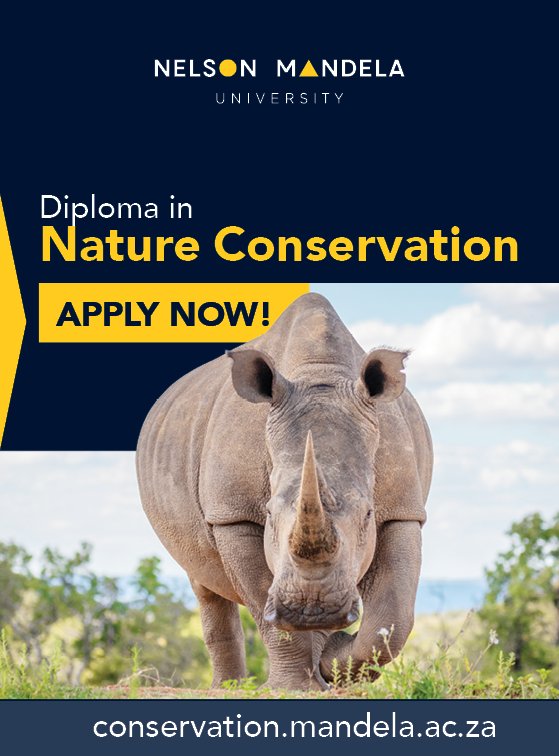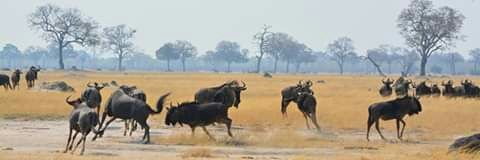
Jan A Venter 🇿🇦
@JanBuffel
Professor in wildlife conservation ecology. @WildEcoLabNMU Also likes history and politics. My views are not my employer's. #Academic
Visit George Campus tommorow and Saturday to chat with our staff and students about your conservation career @WildEcoLabNMU @MandelaUni @MandelaUniGC
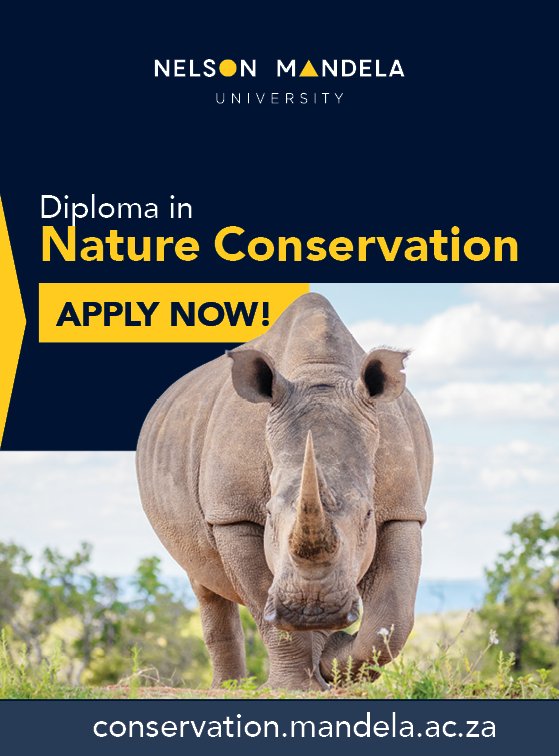
New paper from @WildEcoLabNMU global study using our SnapshotSafari data. eur01.safelinks.protection.outlook.com/?url=https%3A%…
Want to learn more how contemporary ecology is used in the Palaeosciences and visa-versa please follow @africanpalaeo
Two postgrad positions up for grabs in @WildEcoLabNMU wildecolabdotcom.wordpress.com/project-opport…
Does lion pride behaviour change between fenced & open systems? Researchers monitoring lions in Kruger, Pilanesberg & more aim to find out ⬇️Read more here⬇️ africageographic.com/stories/are-fe…
Update Kruger NP lion count: After a slow start earlier this week we hit the motherload today with 8 different sightings. One a nice pride with 15 individuals. @WildEcoLabNMU @LionRecovery
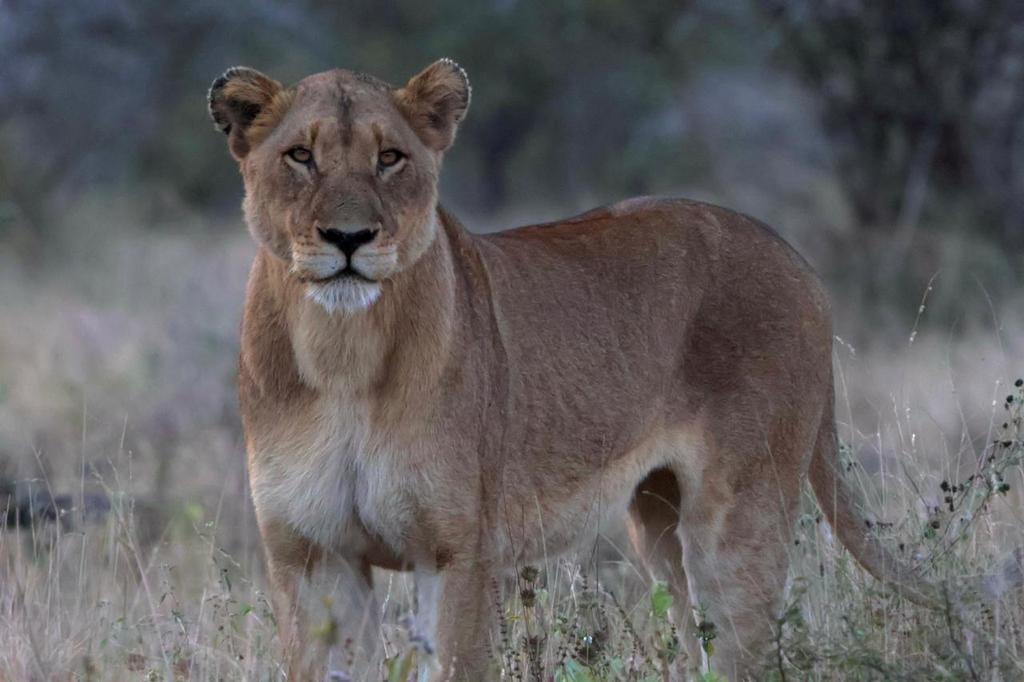
Our @WildEcoLabNMU field teams finally on route to Kruger National Park for the lion 🦁 count. They will spend the next 90 days following SECR count protocols counting 🦁 between the 🐘 river and 🐊 river. @LionRecovery
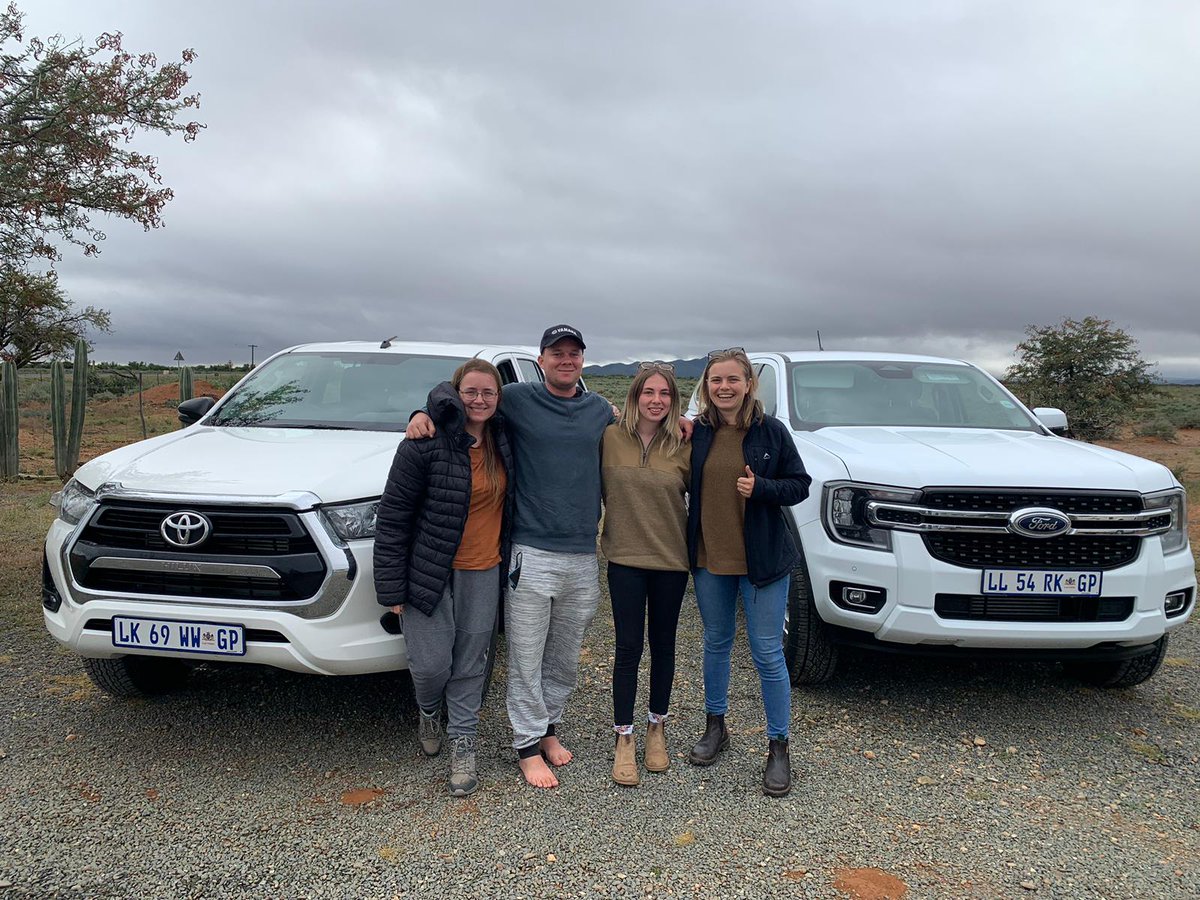
Tomorrow, SA goes to the ballot box. My latest in @Nature about what this means for research.
“We are increasingly relying on international collaborations. If one was to cut that lifeline, we probably would be in a very dire situation.” Tomorrow, South Africans go to the ballot box go.nature.com/3UZeeCX
I spent some time with some of our @WildEcoLabNMU students in @TswaluFdn Tswalu Kalahari Reserve this past week. Elizabeth (PhD) and Marna (MSc) are working on large carnivores in this interesting ecosystem.
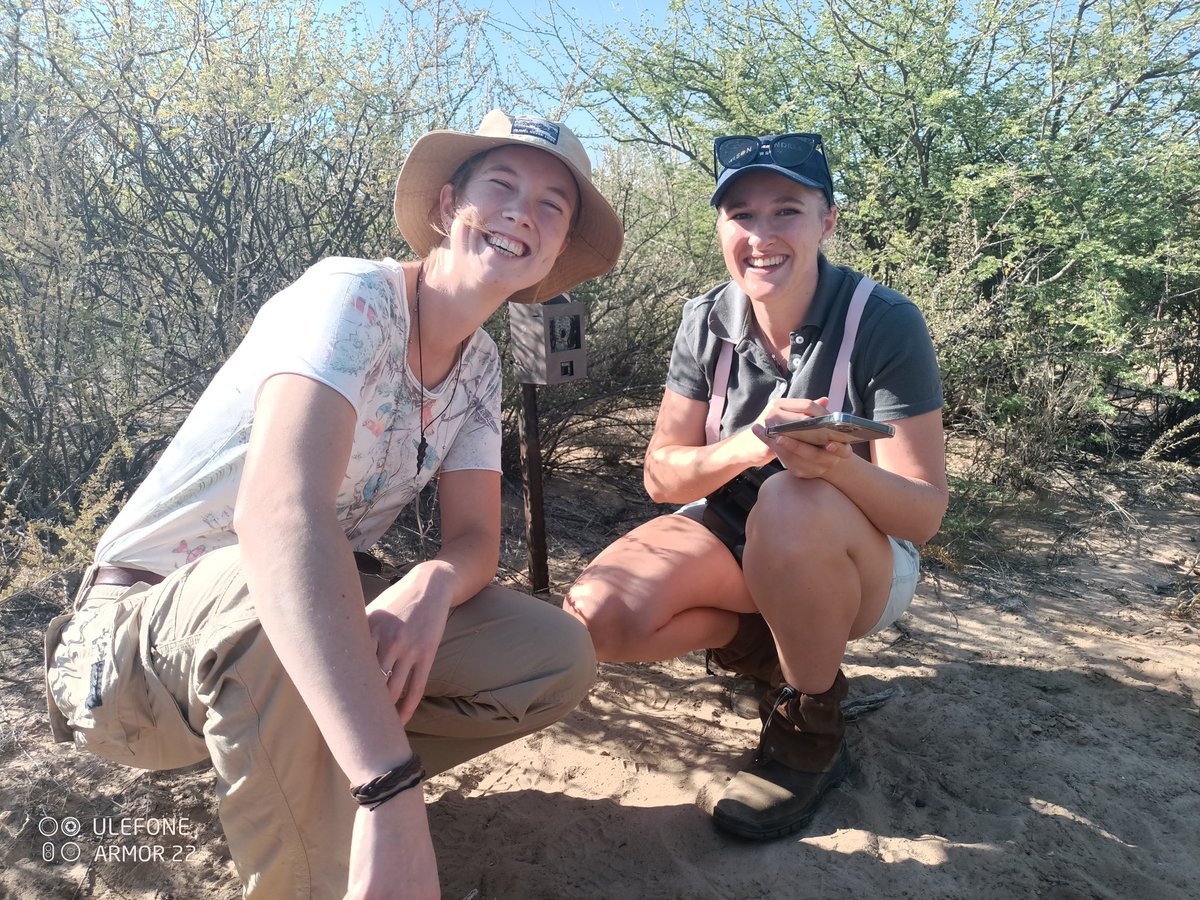
How many lions in Kruger National Park? Our quest to determine this kicked off yesterday with our @WildEcoLabNMU field teams receiving training from @ArjunGswamy and Nick Elliot on field protocols when using SECR techniques. This project is supported by @LionRecovery
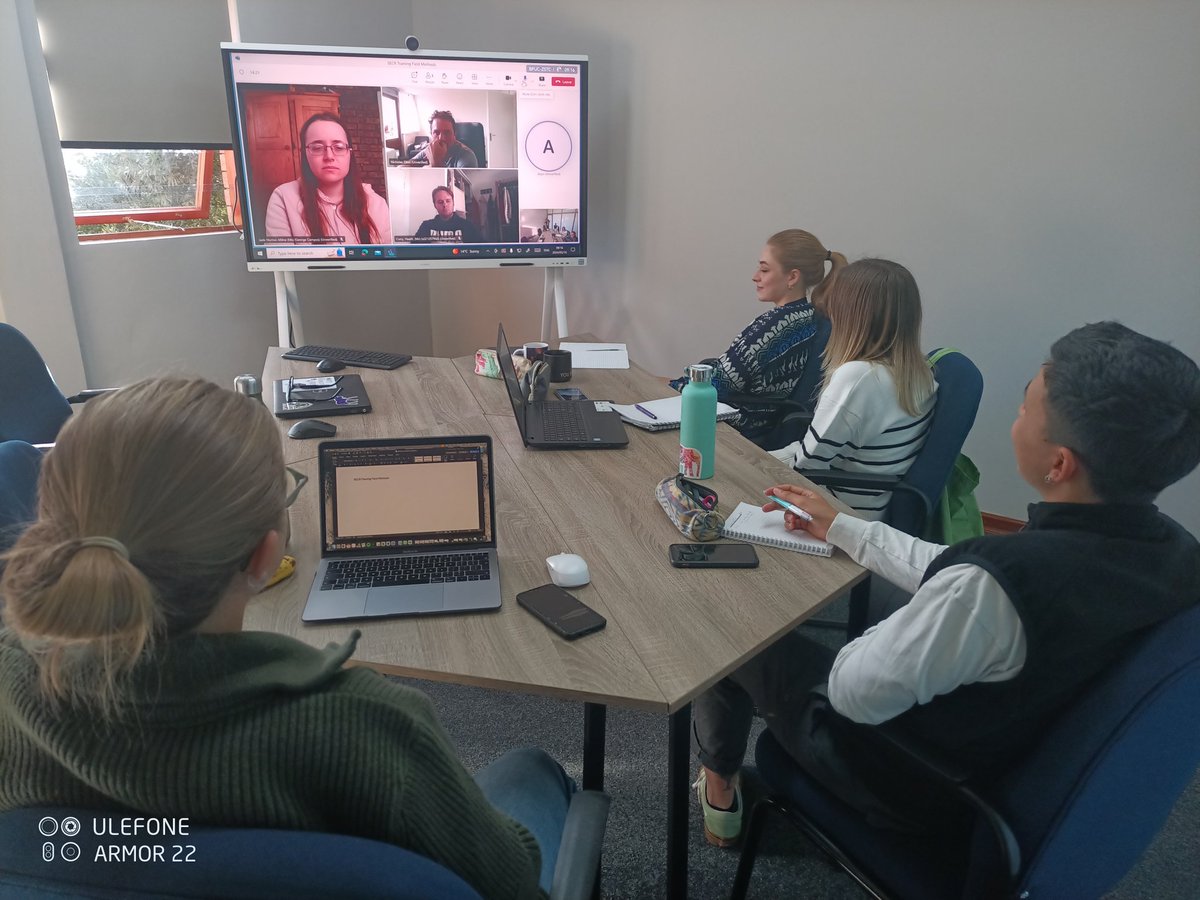
🚨 New paper led by @HoniballT in @WileyEcolEvol using camera traps 📸 to investigate carnivore dynamics 🦁🐆🐾 around elephant carcasses 🐘 Elephant carcasses provide high volumes of carrion biomass, which may influence coexistence dynamics between the carnivore guild 🦁🐾
One of @WildEcoLabNMU recent PhD graduates in the news dailymaverick.co.za/article/2024-0…

Some great images here of @WildEcoLabNMU PhD student, Elizabeth Overton, who is studying the cheetah population in @Tswalu Elizabeth's study uses camera traps 📸, DNA metabarcoding 🧬, movement data and direct observations to understand cheetah ecology & predator-prey dynamics
Curious about the link between research and conservation? Elizabeth Koverton is studying the ecological role of #cheetahs and their impact on prey populations. Access to researchers working in the field adds to Tswalu's X factor. Read more: l8r.it/wskb #Tswalu
⬆️ foraging & activity under high heat loads 🌡️☀️ highlights the need to meet nutritional requirements while avoiding nocturnal activity in areas of increased 🦁 pressure Such a trade-off may become increasingly costly under predicted climate shifts in sub-Saharan Africa ☀️🦓
New paper out from @WildEcoLabNMU @vermeulen_mika . See why this is a hot paper here doi.org/10.1002/ece3.1…
Great piece by @HayleySClements & @ForceCT on S. Africa's controversial National Biodiversity Economy Strategy. Helped me understand it better and how it tries to enhance the relevance of biodiversity conservation to the average South African. theconversation.com/south-africas-…
New in @ESAEcology: Applying the multivariate Hawkes process (originally developed to study earthquakes!) to #CameraTrap data reveals interspecific interactions among savanna predators & prey doi.org/10.1002/ecy.42… W/ #OpenData on @figshare @lisanicvert @JanBuffel @UPWildlife
